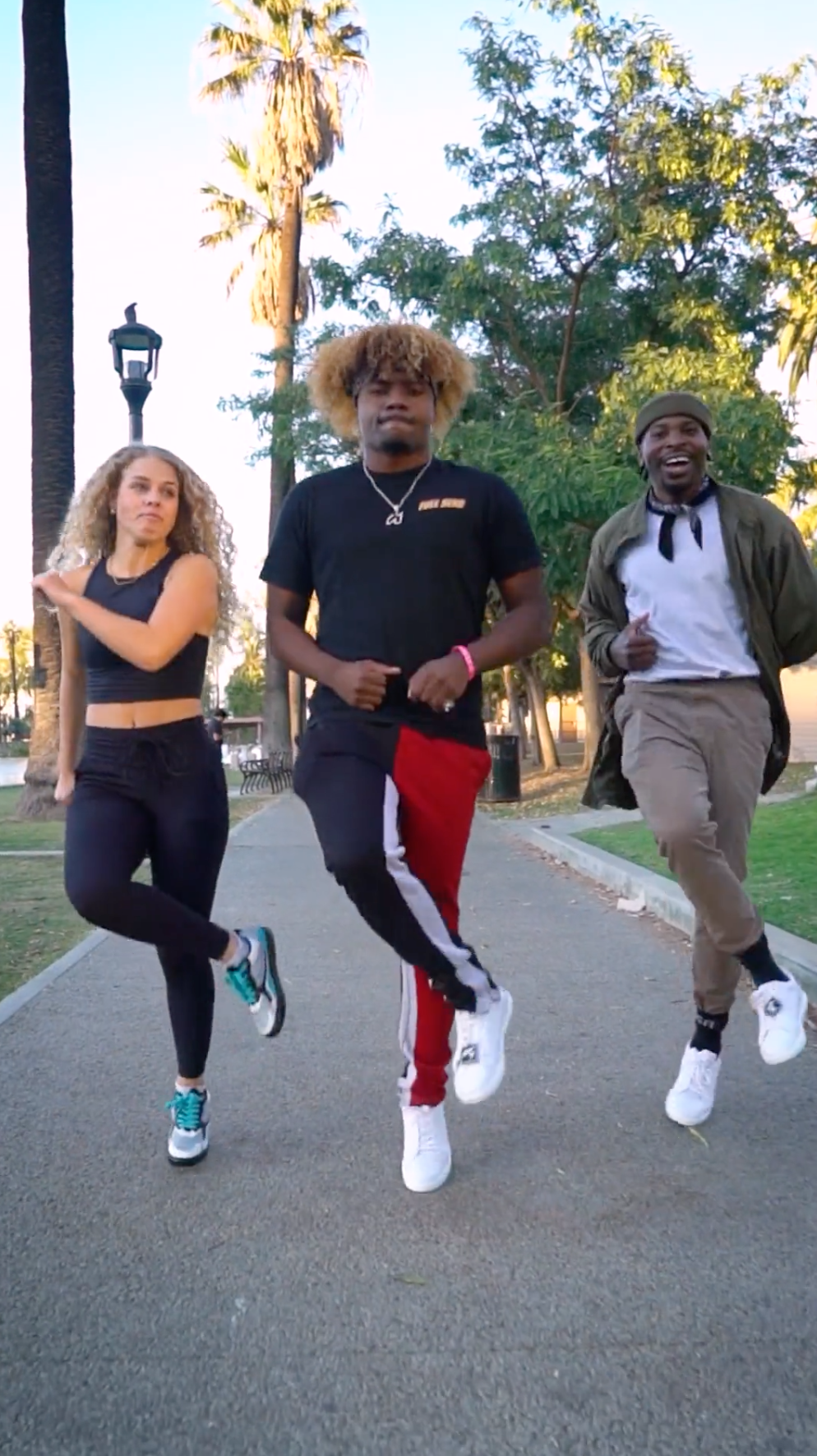Dancing enthusiasts, both professional and those just starting, are often confronted with the question: is it better to learn in sneakers or heels? Of course, this depends on what style of dance we’re talking about. But either way, there are times when either type of shoe is a valid option.
Here’s the thing. When wearing heels, different muscles have to work. A dancer in heels will mostly feel their inner thighs working to keep their legs close and their feet underneath themselves.
Their lower legs, particularly the shins and ankles, may also feel sore from working to stabilize their foot. On the other hand, wearing dance sneakers will exercise different parts of the leg but will not result in the same level of “stress” that your legs experience when wearing heels.
Here are other reasons why you should consider using sneakers rather than heels when dancing.
Since it really depends on the user which type of shoe she prefers, let us offer two other considerations to think about. First, comfort. When you’re a beginner or even when you’re a professional dancer, you will spend hours after hours on practice and rehearsals. This goes without saying, you should choose the dance shoes that you’re most comfortable with. Otherwise, you might suffer unwanted injuries and render all those hours spent on practice for naught.
Second, if you suffer injuries, heels might not be the best footwear for dancing. Wearing heels shifts your body placement forward onto the balls of your feet, so executing certain steps requires slight adjustments. For example, to do a pullback in flats, you would move your weight forward, making sure not to let your heels touch the floor. All of these may put a strain on your already injured lower body parts.
Dance sneakers are a great alternative. It allows you to do these movements without putting much strain or worsening your injury. Dance shoes have better soles. Street shoes usually have a rubber-like bottom that creates friction on the floor to improve stability. This friction can make it hard to turn your foot, and it may cause damage to the joints in your ankle or leg. Dancing shoe soles are made for dance floors and are designed to allow the wearer to turn and move easily.
Dancing shoes are also designed to be flexible. Since the wearer is expected to move their body and point their feet as needed, dance sneakers are thinner and allow more articulation in the foot. This creates more beautiful lines in dances as you can easily point, flex, and stomp.
